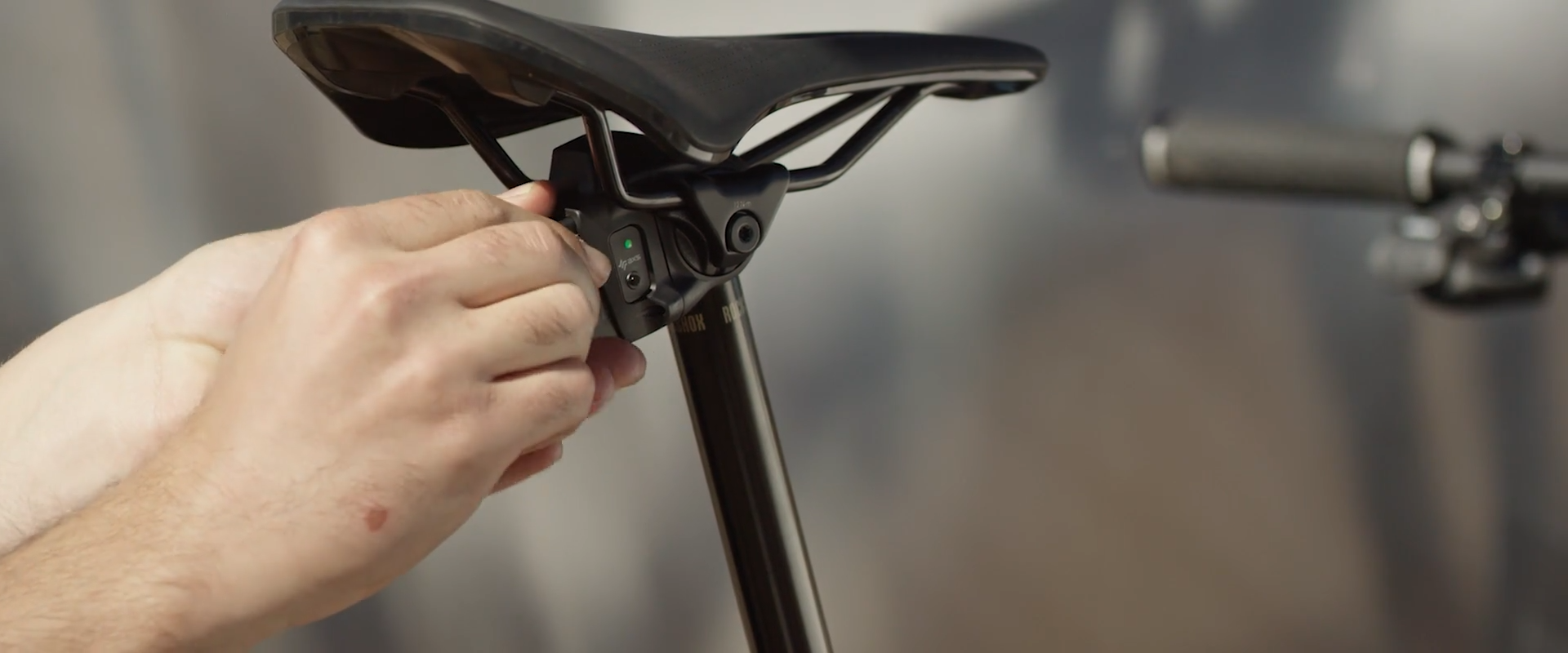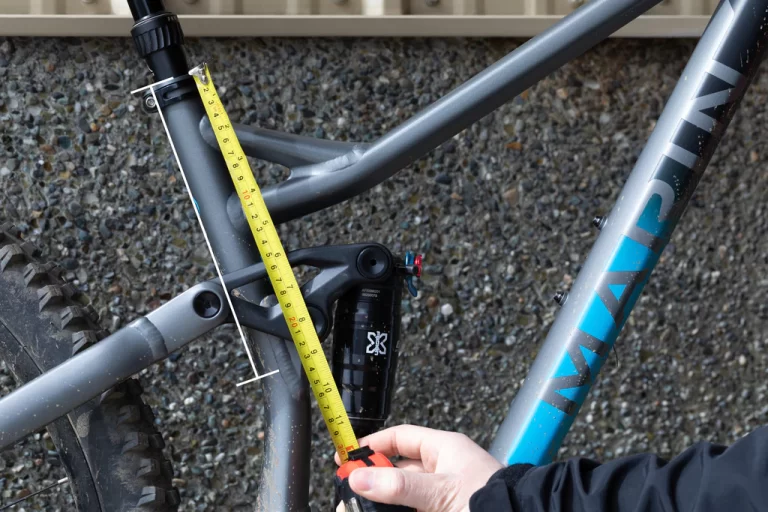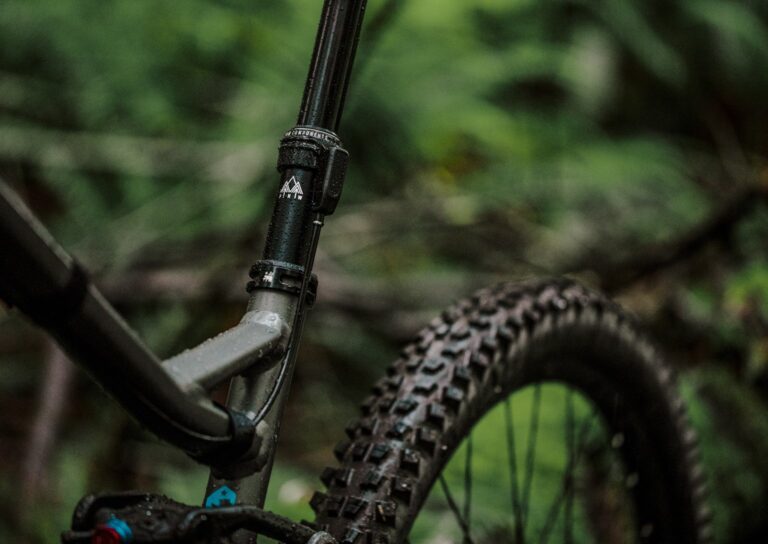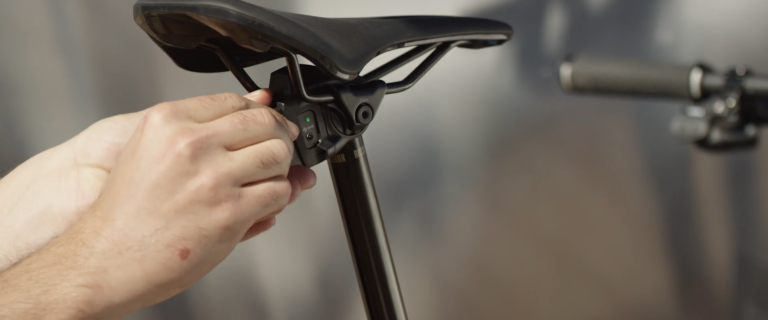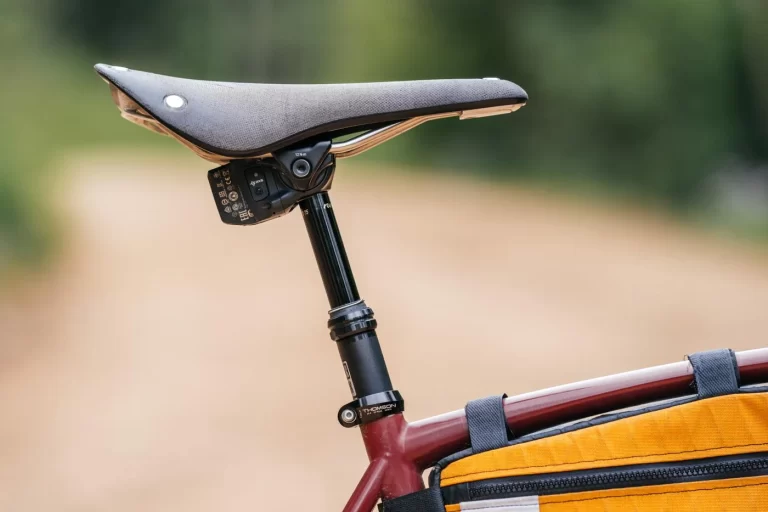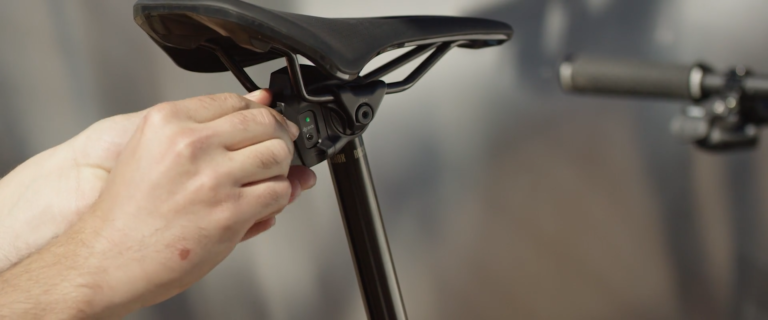Choosing Your Elevation: Cable Actuated vs Electronic Dropper Posts
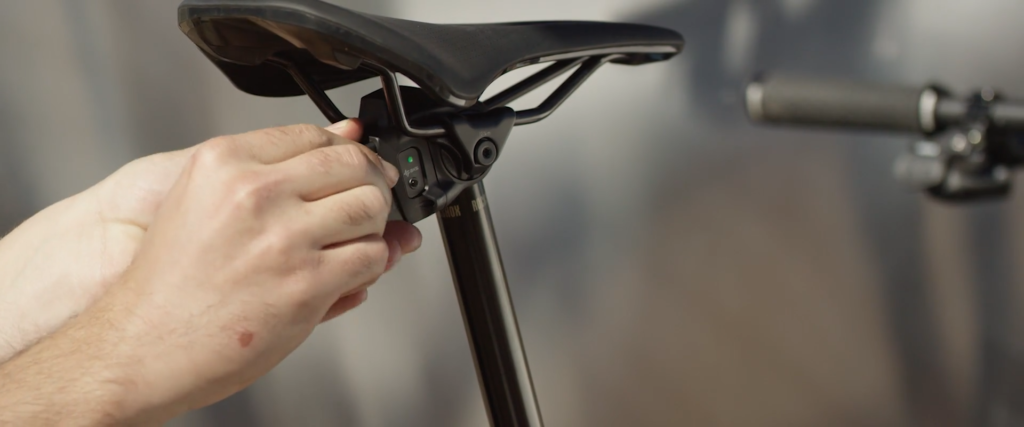
Key Point Summary of Cable Actuated vs Electronic Dropper Posts:
- Cable-Actuated Dropper Posts: Operate with a physical cable and are known for their simplicity, reliability, and ease of maintenance.
- Electronic Dropper Posts: Offer wireless operation, cleaner setups, and often smoother performance but come at a higher cost and complexity.
- Reliability Concerns: Cable-actuated posts excel in reliability and ease of repair, while electronic posts provide consistent performance with less frequent maintenance needs.
In my years of pedaling through the challenges and thrills of mountain biking, gravel grinding, and cyclocross racing, I’ve seen firsthand how technological advancements can revolutionize the way we ride. Among the game-changers, dropper posts stand out for transforming ride dynamics by allowing seat height adjustments on the fly. As this technology has evolved, two main types have emerged: cable-actuated and electronic dropper posts. Each has its unique advantages and considerations, particularly concerning reliability and user experience.
Let’s delve into a comprehensive comparison to help beginner to mid-level cyclists make informed decisions. Dropper posts have become nearly indispensable for off-road cycling, allowing riders to quickly lower and raise their saddles without stopping. This adaptability improves bike handling during descents and efficiency on climbs. The distinction between cable-actuated and electronic dropper posts, however, lies in their operation, maintenance, and overall riding experience.
Cable-Actuated Dropper Posts
Cable-actuated dropper posts are the original design, using a physical cable connected from the lever to the post. Their mechanical nature means that you can feel the action under your thumb, giving a tangible sense of control. From my own experience, the tactile feedback when engaging a cable-actuated dropper post adds a layer of directness to the bike’s handling, particularly noticeable in the heat of a race or while navigating technical trails.
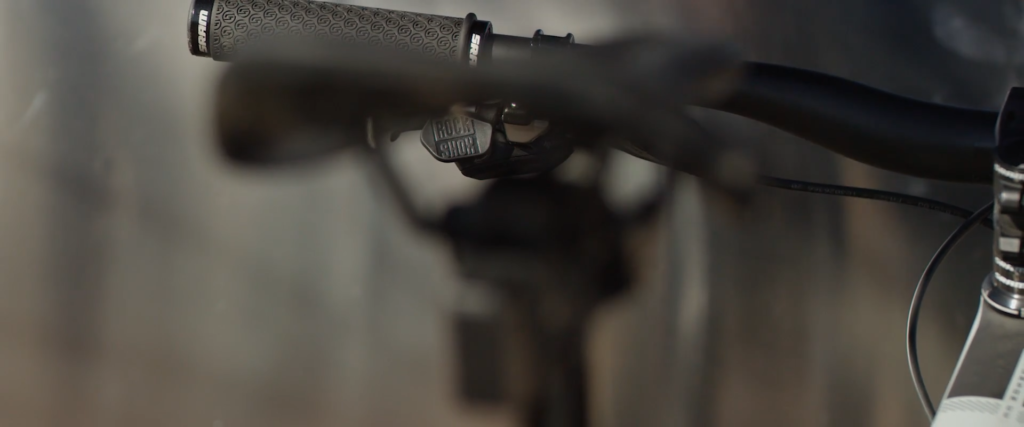
Advantages:
- Simplicity and Reliability: Fewer moving electronic parts mean there’s less that can go wrong. This simplicity translates to reliability, especially important in adverse conditions.
- Ease of Maintenance: Routine servicing can often be performed at home with basic tools, making it a practical choice for those who prefer DIY maintenance.
- Cost-Effectiveness: Generally, cable-actuated dropper posts are more affordable, offering a lower entry point for riders looking to upgrade.
Considerations:
- Manual Adjustments: Over time, the cable may stretch or become clogged with dirt, requiring periodic adjustments to maintain optimal performance.
- Potential for Cable Failure: While rare, cables can break, usually at the least convenient times.
Electronic Dropper Posts
The advent of electronic dropper posts brought a new level of sophistication to seat height adjustments. These posts operate wirelessly, typically powered by a rechargeable battery. The absence of a physical cable not only cleans up the bike’s aesthetic but also eliminates the friction and maintenance associated with cable systems.
Advantages:
- Smooth Operation: Electronic posts offer consistent, smooth performance with the push of a button, regardless of weather conditions or dirt.
- No Cable Maintenance: Without a physical cable, there’s no need to worry about stretching, fraying, or clogging, reducing maintenance efforts.
- Integration Options: Some models can integrate with other electronic systems on the bike, allowing for streamlined operation and customization.
Considerations:
- Cost: Electronic systems are typically more expensive, reflecting their advanced technology and added convenience.
- Battery Life: While generally long-lasting, batteries do require charging, and running out of power mid-ride could leave you stuck with a non-adjustable post.
- Complexity of Repairs: Should something go wrong, repairs can be more complicated and might necessitate professional service.
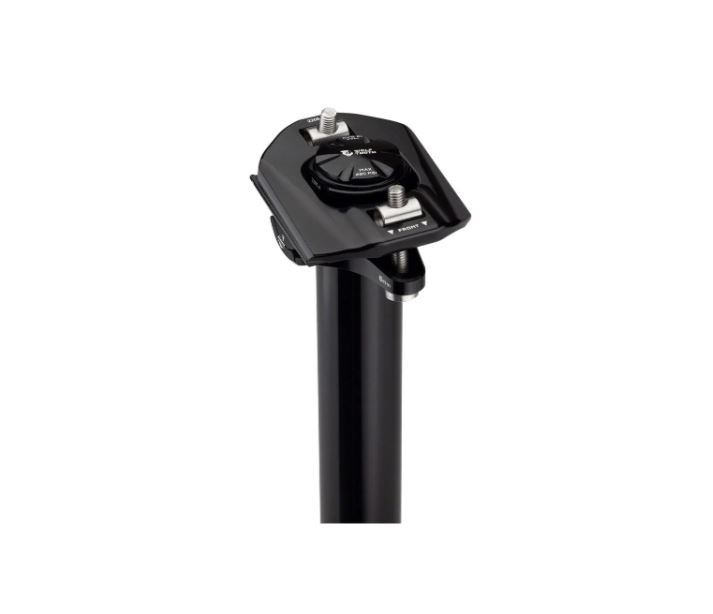
Choosing Between Cable-Actuated and Electronic Dropper Posts
When deciding between a cable-actuated and an electronic dropper post, consider your riding style, budget, and willingness to engage in maintenance. If you prioritize reliability and straightforward repairs, and perhaps are more budget-conscious, a cable-actuated post might be the way to go. On the other hand, if you value the latest technology, seek a cleaner setup, and prefer the convenience of wireless operation, an electronic dropper post could significantly enhance your ride experience.
Cable Actuated vs Electronic Dropper Posts: Conclusion
The choice between cable-actuated and electronic dropper posts isn’t just about preference—it’s about how each integrates into your riding life. Both have their place in the cycling world, offering different paths to achieving a more versatile and enjoyable ride. Whether you’re drawn to the mechanical reliability and simplicity of cable-actuated posts or the sleek performance and convenience of electronic options, the right choice is the one that best aligns with your cycling goals and values. As technology continues to evolve, so too will the capabilities and features of dropper posts, promising an exciting future for this essential component of modern cycling.
Best Cable-Actuated Dropper Post
- Brand X Ascend: The Brand X Ascend is often lauded for its reliability, smooth operation, and excellent value. It’s a favorite among riders who prefer the tactile feedback and simplicity of cable-actuated mechanisms. Its ease of maintenance and affordability make it an attractive option for beginner to mid-level cyclists looking to upgrade their ride without breaking the bank.
Best Electronic Dropper Post
- RockShox Reverb AXS: For those leaning toward the cutting-edge technology of electronic dropper posts, the RockShox Reverb AXS is a standout choice. It offers wireless operation, eliminating the hassle of cables and housing. The Reverb AXS is praised for its smooth, consistent performance and the convenience of easy seat height adjustments with the press of a button. Although it’s at a higher price point, its advanced features and seamless integration with other AXS components justify the investment for riders seeking the best electronic option.
Choosing the Best for You
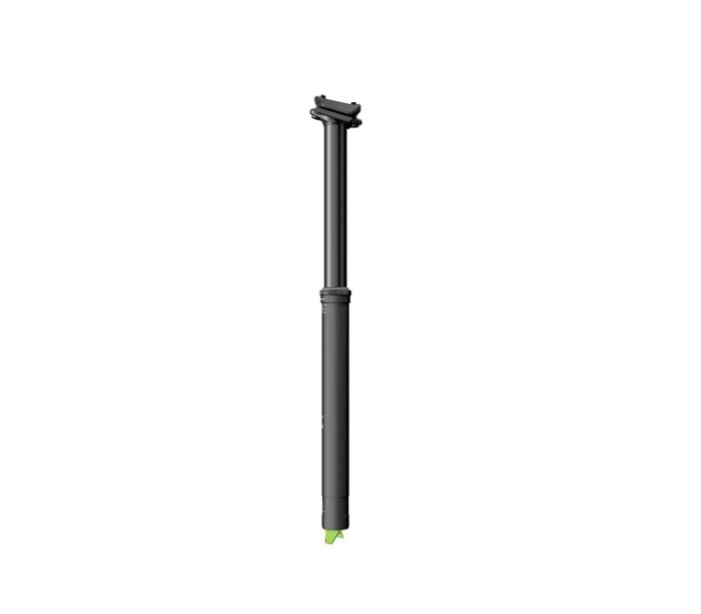
When selecting the best dropper post for your needs, consider the following factors:
- Compatibility with Your Bike: Ensure the dropper post fits your bike’s seatpost diameter and has appropriate travel for your frame size.
- Riding Style and Conditions: Match the dropper post type with your typical riding conditions. Cable-actuated posts may be preferable for their reliability and ease of maintenance in muddy or gritty conditions, while electronic posts could offer a performance edge in races or for riders who value convenience and a clean setup.
- Budget: Electronic dropper posts tend to be more expensive due to their advanced technology. Assess whether the benefits align with your budget and riding needs.
FAQ
Is dropper post cable the same as shifter cable?
Yes, in most cases, the cable used for a dropper post is the same as a shifter cable, which is a standard 1.2mm diameter stainless steel cable.
Are hydraulic dropper posts better?
Better depends on your preferences. Hydraulic dropper posts can offer smoother operation and don’t require cable tension adjustments, but they can be more complex and expensive to maintain compared to cable-actuated ones.
What is the best way to use a dropper post?
Use your dropper post to lower your saddle for descents, technical sections, and corners to lower your center of gravity and improve bike handling. Raise it back up for climbs and flat sections to maintain efficient pedaling.
How does a cable-actuated dropper post work?
A cable-actuated dropper post works through a mechanical linkage. Pulling a lever on the handlebar tightens a cable connected to the post, which triggers a mechanism to unlock the post, allowing it to move up or down. Releasing the lever locks the post in place at the desired height.
